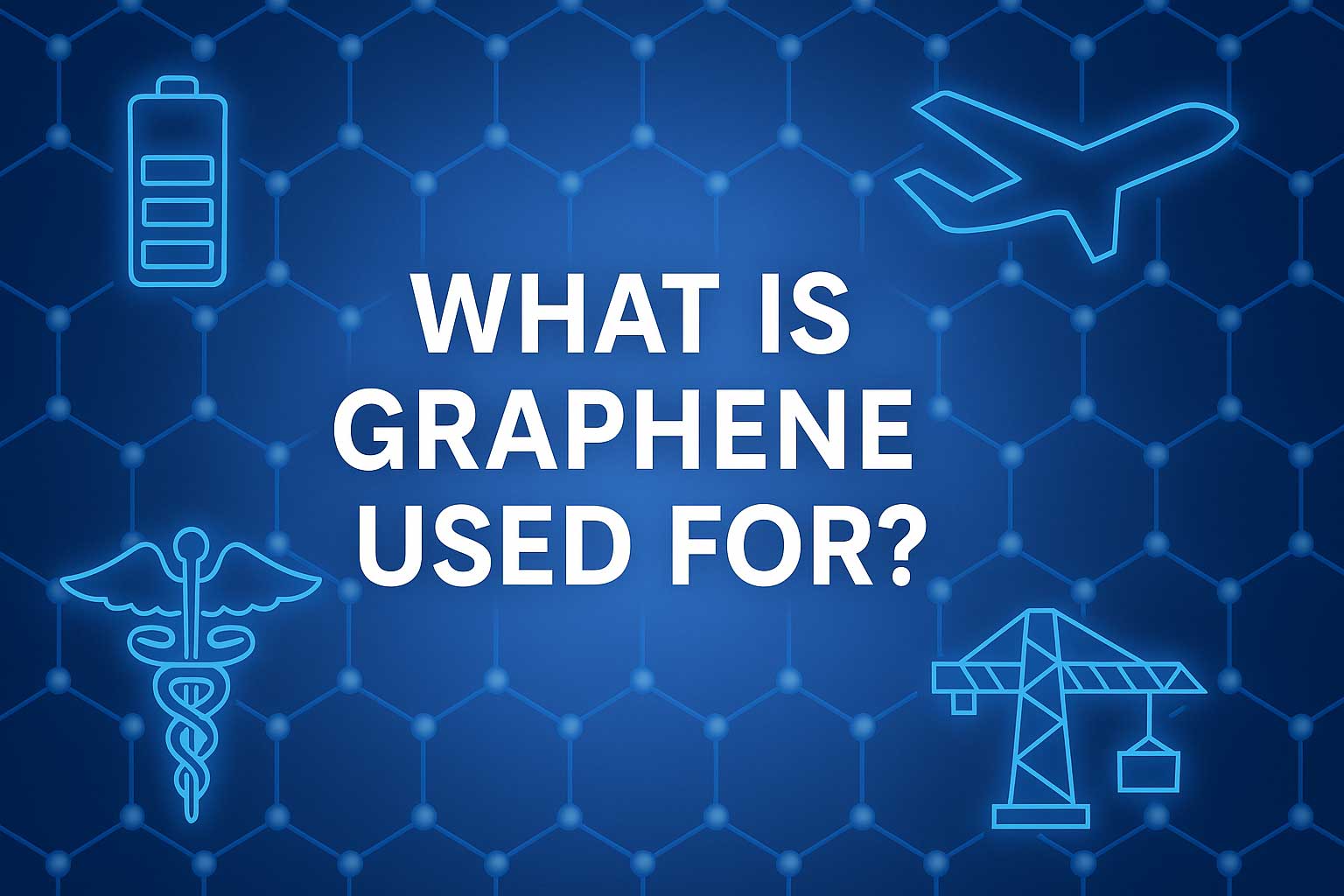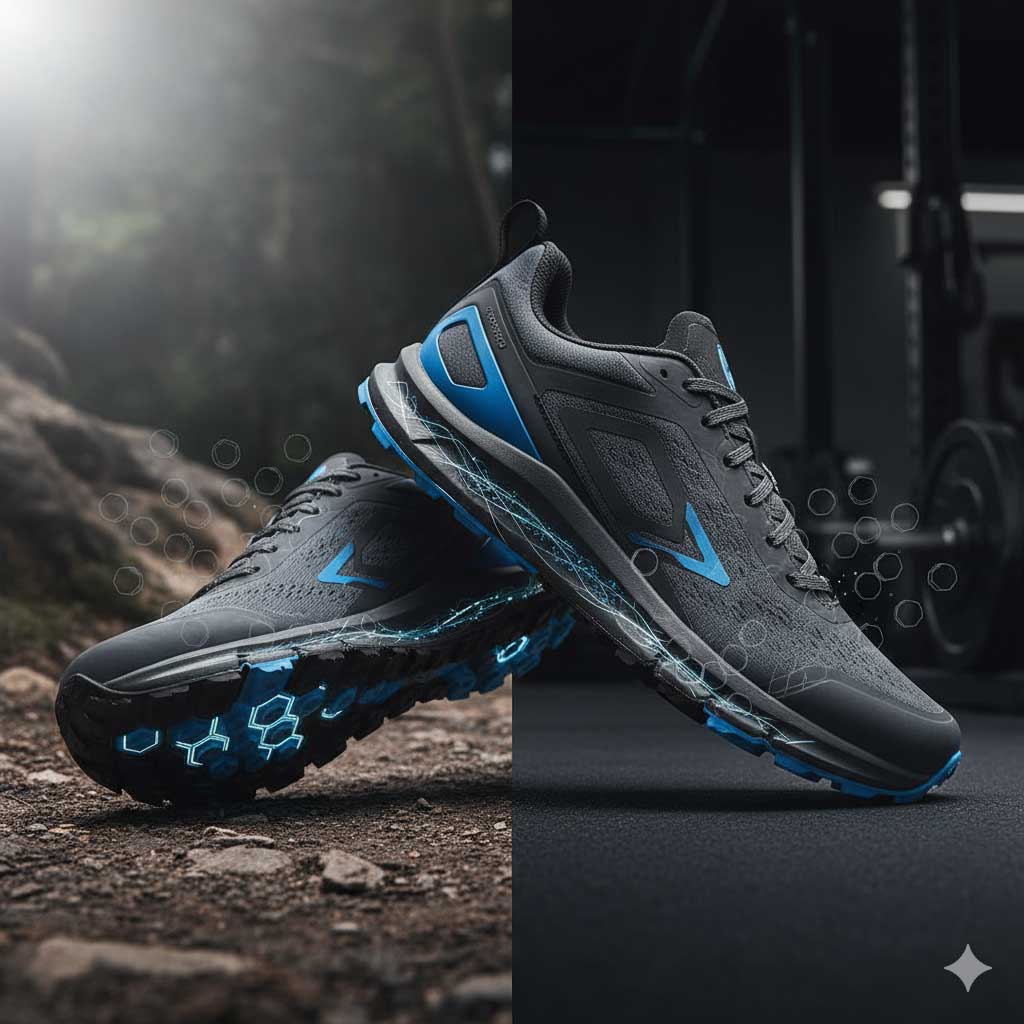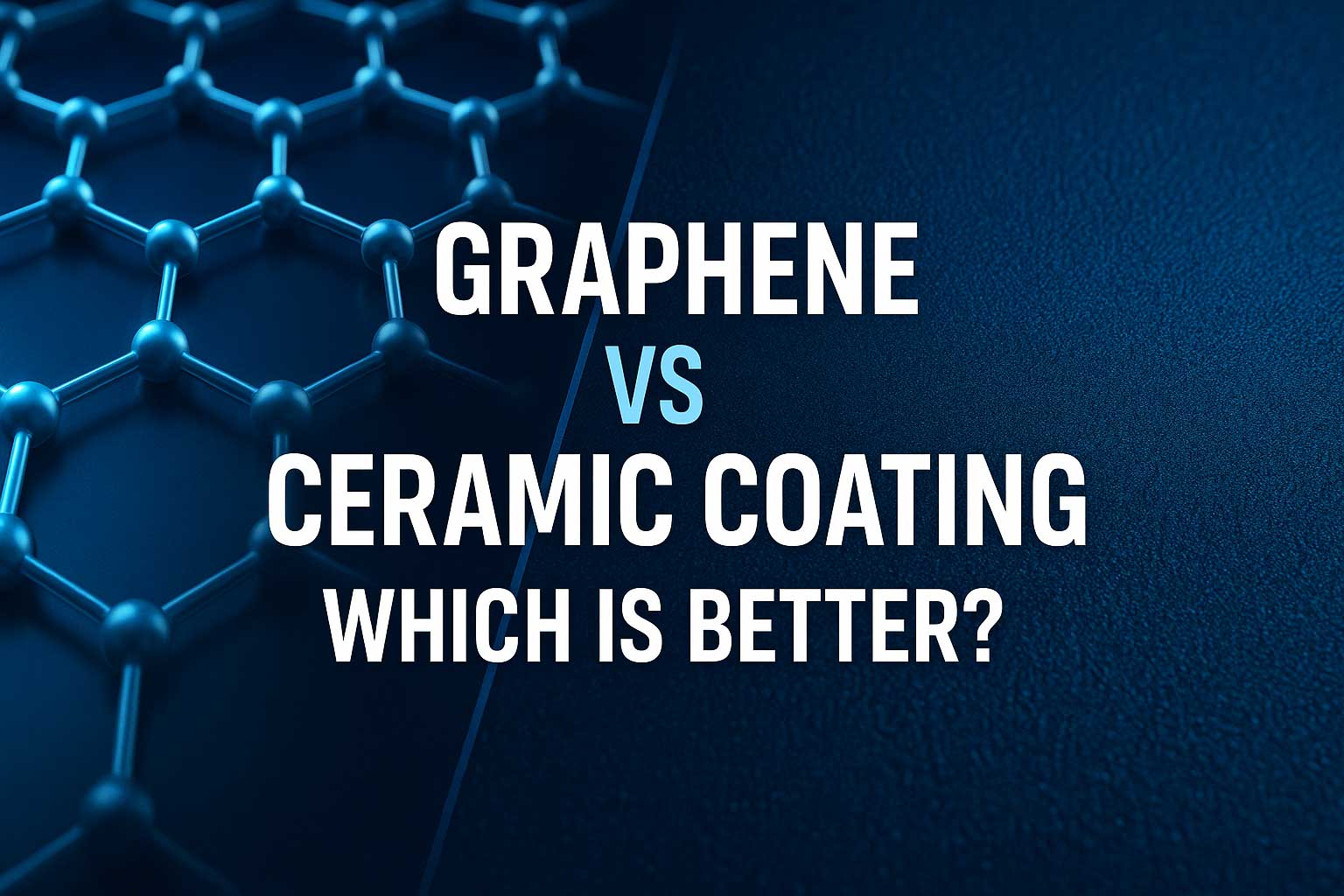What Is Graphene Used For? Applications Across Industries Explained
Graphene, often called the “wonder material,” is revolutionizing multiple industries due to its extraordinary combination of strength, conductivity, and flexibility. From next-generation electronics to aerospace composites, graphene’s applications continue to expand as researchers unlock new ways to harness its properties.
In this article, we explore the key uses of graphene — how it’s applied in batteries, coatings, healthcare, construction, and beyond — and why it’s shaping the future of materials science and technology.
1. Energy Storage: Batteries and Supercapacitors
One of graphene’s most promising uses lies in energy storage systems. Its high surface area and exceptional electrical conductivity make it ideal for improving lithium-ion batteries and supercapacitors.
- Graphene-enhanced batteries charge faster, store more energy, and last longer than conventional cells.
- Supercapacitors with graphene electrodes deliver rapid charge–discharge cycles and high power density.
Companies like Graphene Manufacturing Group are already commercializing graphene-aluminum ion batteries that outperform lithium-ion models.
2. Electronics and Semiconductors
Graphene’s high electron mobility — over 100 times faster than silicon — positions it as a key material for flexible electronics and next-generation transistors.
- Used in transparent and flexible displays.
- Improves conductivity in touchscreens and sensors.
- Enables smaller, faster, and more efficient circuits in future computing devices.
Major tech companies are researching graphene-based chips and photodetectors for 6G networks and advanced processors.
3. Composites and Coatings
Adding graphene to polymers, paints, or concrete enhances strength, durability, and resistance to corrosion. Even at small concentrations, graphene dramatically improves performance.
- Automotive: Lightweight graphene composites reduce fuel consumption and improve safety.
- Construction: Graphene-enhanced concrete is stronger and requires less material.
- Protective coatings: Prevent oxidation, rust, and chemical degradation.
4. Biomedical and Healthcare Applications
Graphene’s biocompatibility and electrical sensitivity make it a valuable tool for healthcare and medical research.
- Biosensors: Detect diseases and monitor glucose levels with high precision.
- Drug delivery: Graphene oxide serves as a carrier for controlled release of pharmaceuticals.
- Tissue engineering: Supports cell growth and regeneration for biomedical implants.
5. Filtration and Environmental Technology
Graphene membranes are revolutionizing water purification and environmental protection. Their atomic-scale pores allow selective filtration of salts, metals, and pollutants.
- Desalination: Removes salt ions more efficiently than traditional membranes.
- Air purification: Captures particulate matter and chemical contaminants.
- Oil spill cleanup: Absorbs hydrocarbons due to its high surface area.
6. Aerospace and Defense Applications
Due to its light weight and extreme strength, graphene is used in aerospace components, satellites, and defense systems.
- Aircraft composites: Stronger and lighter than carbon fiber.
- Thermal management: Regulates temperature in extreme environments.
- Radar-absorbing materials: Used for stealth and signal management technologies.
7. Future Possibilities of Graphene
Beyond current applications, graphene research continues to expand into areas like quantum computing, renewable energy, and smart materials. As production costs drop, graphene’s integration into mainstream products — from smartphones to infrastructure — will accelerate.
For foundational context, see our related guides:
What Is Graphene? and
What Is Graphene Oxide?.
FAQ
Q1: What are the main uses of graphene?
Graphene is used in energy storage, electronics, composites, coatings, filtration, and biomedical applications due to its conductivity and strength.
Q2: Why is graphene used in batteries?
It improves battery performance by enhancing conductivity, reducing weight, and allowing faster charging and discharging cycles.
Q3: Is graphene used in cars?
Yes, graphene is used in paints, tires, and lightweight composites to increase efficiency and durability in vehicles.
Q4: Can graphene be used in water filters?
Graphene oxide membranes can remove impurities and salts at the molecular level, making them ideal for water purification and desalination.
Q5: What industries benefit most from graphene?
Electronics, energy, construction, aerospace, and healthcare industries are among the biggest beneficiaries of graphene innovation.




